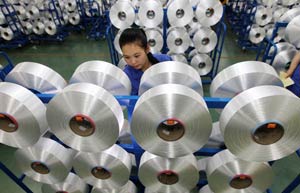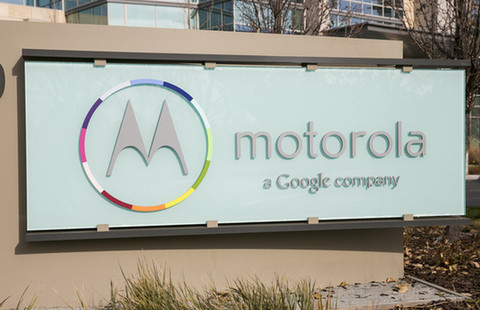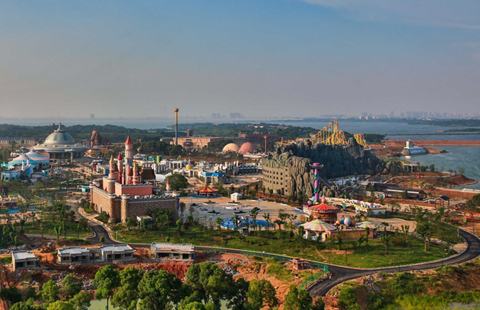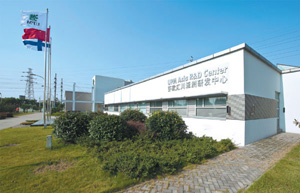Party leads China's economy into bright future
(Xinhua) Updated: 2014-08-15 13:09BEIJING - Xinhua published a commentary on Thursday on China's economic performance in the first seven months under the leadership of the Communist Party of China (CPC).
The Chinese economy has risen from sluggish at the beginning of the year to healthy mid-year, the article said. Achievements include stable growth, various reforms, faster economic transformation and upgrading, and improved social policies.
The global economy has been weak and there has been pressure on the Chinese economy, but the leadership has helped the economy gain stability.
In the first quarter exports dropped and growth was at its lowest in six quarters. There was talk of hard-landings, explosions of financial risks, slow reforms or even collapse.
 |
 |
On April 25, President Xi Jinping chaired a meeting on economic performance in the first quarter and sent a strong signal on stability: continued progress while maintaining stable macro policies. In the first seven months, Premier Li Keqiang has chaired 23 executive meetings of the State Council. After all the efforts, data for the second quarter improved slightly, alleviating some worries.
On monetary policies, Xi has stressed targeted controls, deeper reforms and economic restructuring.
The central bank has cut the targeted reserve requirement ratio (RRR) to channel more funds into small enterprises and agriculture.
In the first half year, Li chaired five meetings discussing business fund raising. From June to July, several organizations, including the central bank and the China Banking Regulatory Commission, issued policies to support small enterprises.
Xi, on many occasions, has spoken of "growth mode transformation" and restructuring. In 2014, China aims to eliminate 27 million tons of steel production capacity, slash 42 million tons from cement production and cut glass output by 35 million tons. The service sector accounted 46.6 percent of GDP in the first half, after its output exceeded that of the industrial sector for the first time in 2013.
Xi chaired three meetings on reform in the first half and a guideline at the end of July reformed the household registration (hukou) system which has divided the nation into rural and urban populations since the 1950s. Other reforms have occurred in banking, state-owned enterprises and fiscal systems and the government has been streamlining its relationship with the market by canceling or decentralizing administrative approval.
The government will put reform at the center of our agenda... and invigorate the inner motivation and energy of the market, Xi said at a meeting on July 29.
The article concluded that, with further reform, under a Party headed by Xi, the economy will strike a healthy balance between reform and development.
- CNPC aims to curb embezzlement in subsidiaries
- China's Weibo cuts Q2 losses to $15m
- China lowers borrowing costs for enterprises
- China launches defect probe into VW Sagitar
- A personalized movie experience
- Gold loses luster as demand drops
- Napa Valley wines may make shift toward Chinese palate
- Pollution makes papermaker see the light
















